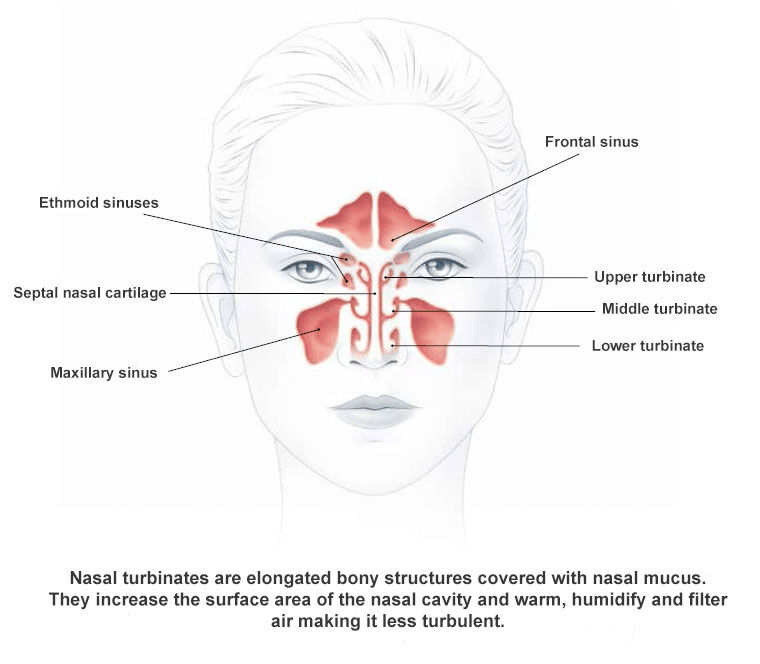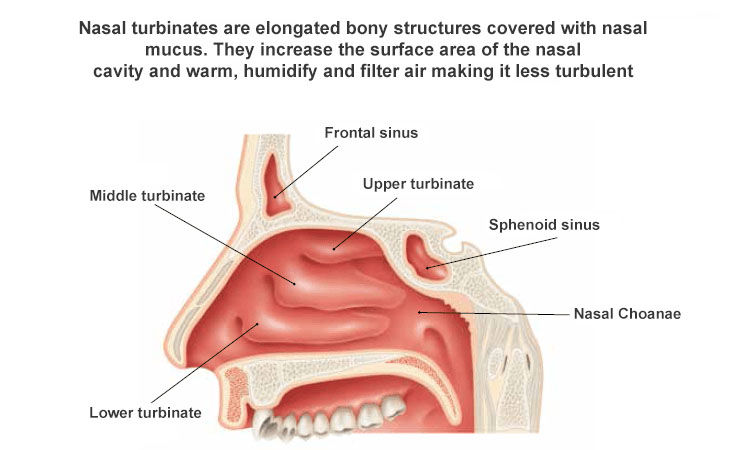
How the nose
functions
discover
To understand the importance of keeping a clear nose, you need to know a bit more about the human nose and how it functions.
The nose and nasal cavities are the main openings near the external part of the respiratory system. The nose is a facial structure made of cartilage, bones, muscles and skin that supports and protects the lower part of the nasal cavity.

